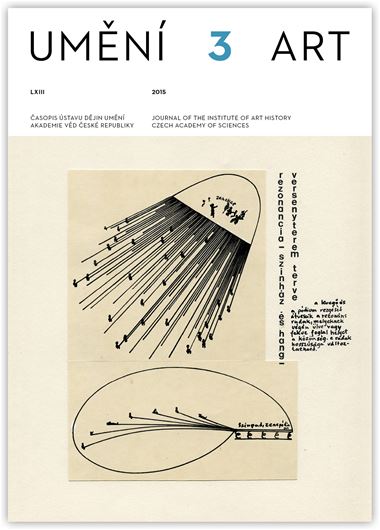Veronika Rollová
Otevírání Pražského hradu v šedesátých letech. Nerealizovaná alej Socialismu
The new Czechoslovak constitution of 1960 declared the ‘triumph of socialism’ in Czechoslovakia. Propaganda was stepped up to support this historic moment. Prague Castle became a central medium of propaganda and was reopened to the people in the 1960s. In 1959 the politburo of the Central Committee of the Communist Party of Czechoslovakia established the ‘Ideological Council for the Renovation of Prague Castle’. Its task was to prepare and implement a plan of extensive structural renovations to Prague Castle that were meant to express ‘in their import and scope the historic epoch of the triumph of socialism in our country’ and show that Prague Castle is not just a stately object but also ‘a place of work that reflects the full scale of constructivist efforts and the daily life of workers throughout the republic’. The Ideological Council was chaired by the President of the Republic and First Secretary of the Party’s Central Committee, and council members included top politicians and academics, representatives of cultural and social organisations, and the head of the Office of the President of the Republic. The plan was to make Prague Castle into a destination for groups of workers who would come to visit the (envisioned) Palace of Work or the Museum of the History of the Czechoslovak People, while young visitors would head to the House of Czechoslovak Children. The high point of the whole ideological plan was to be the ‘Avenue of Socialism’, a pedestrian route that was intended to form a monumental link between the Castle and the ‘future ideological centre of the city’ at Letná Plain. It was to be decorated with works of art on the theme of Czechoslovakia’s transition to socialism. The avenue was never built, but observing the changes the idea for it underwent between 1959 and 1967 reveals the changes that the approach to art and architecture espoused by the regime’s top officials also went through.
Full-text in the Digital Library of the Czech Academy of Sciences:
https://kramerius.lib.cas.cz/uuid/uuid:fa263f45-59c4-49e6-b0a9-d77f4f7c7acc
< back

